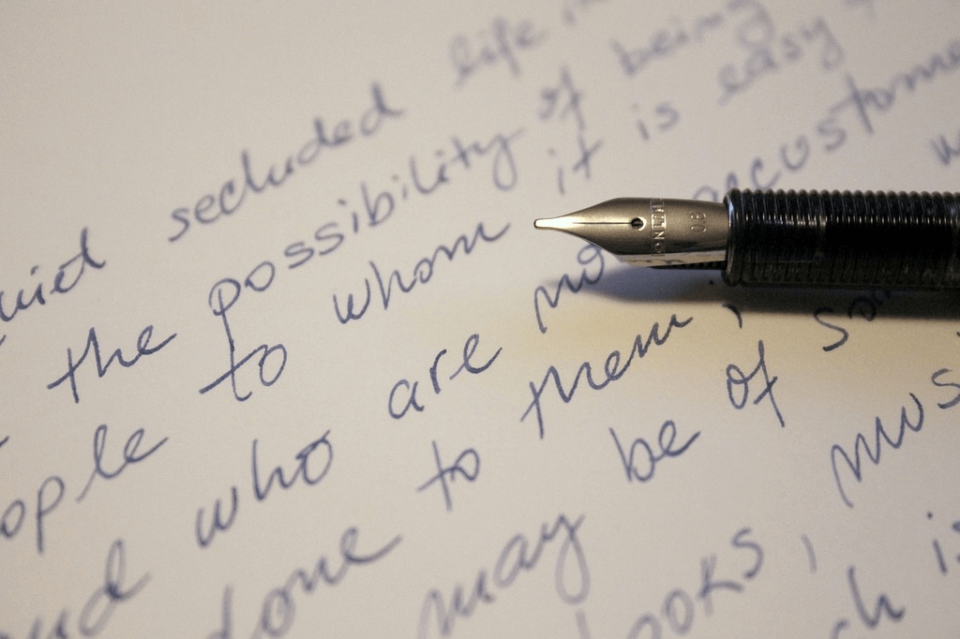In an age dominated by technology, the venerable art of handwriting appears to be fading, gradually replaced by the rhythmic tap-tap of keyboards. However, recent research from the Norwegian University of Science and Technology sheds light on the invaluable benefits of this seemingly traditional practice, unveiling its profound impact on cognitive processes and learning.
The Lost Craft of Penmanship
In the hustle of our daily lives, handwritten notes may seem like a relic of the past. Yet, the study from the Norwegian University delves into the cognitive dimensions activated during handwriting, highlighting its efficacy compared to the prevalent typing culture.
A Glimpse into Brain Dynamics
Deploying electroencephalograms (EEG), researchers meticulously monitored the brain activity of 36 university students. Their task? To manually write specific words, employing either a digital pen or the familiar keyboard. The study unfolds crucial differences in connectivity patterns and frequencies within the brain, emphasizing their pivotal role in memory formation and information encoding.
Cognitive Enhancements Through Handwriting
Memory Boost
The study zeroes in on brain connectivity associated with learning and memory, exploring parietal and central areas in specific frequency bands. These brain regions, intricately linked to attention mechanisms and cognitive processes in visual perception, play a vital role in retaining the visual aspects of written language, stimulating and exercising the memory.
Efficient Learning
Beyond the mere act of transcription, writing is a psychomotor activity requiring synchronization between the brain and hand. The researchers discovered that activation in the visual, sensory, and motor cortex significantly improved the assimilation and encoding processes, rendering handwritten learning remarkably efficient.
Therapeutic Dimensions of Handwriting
Nurturing Creativity
For centuries, calligraphy has been admired as an art form. Handwriting involves the precise drawing of strokes, fostering spatial cognitive development and providing a creative outlet for managing content distribution within a defined space.
Logic Development
Research by Virginia Berninger at the University of Washington illuminates how handwriting contributes to logical and analytical skills. Students who engage in handwriting demonstrate clearer, more extensive idea development, faster processing, and a more extensive vocabulary compared to their keyboard-dependent counterparts.
Concentration Training
A blank sheet lacks the constant notifications and external stimuli of screens, making it an excellent tool for concentration training. A joint study from the universities of Chicago and Zhejiang correlates handwriting with improved decision-making abilities.
Therapeutic Benefits
Beyond cognitive advantages, handwriting offers psychological benefits. It provides a channel for organizing thoughts and ideas, serving as an intimate space for expressing feelings and reflections that might be challenging to convey verbally.
A Call to Rediscover the Pen
In the era of screens and keyboards, the timeless practice of handwriting emerges as a cognitive powerhouse. From memory enhancement and efficient learning to nurturing creativity and therapeutic expression, the simple act of putting pen to paper unlocks a world of cognitive marvels. As we navigate the digital landscape, perhaps it’s time to rekindle the romance with handwritten expression for a more profound connection with our cognitive selves. The handwritten renaissance beckons, inviting us to rediscover the pen as a powerful tool in our cognitive arsenal.
